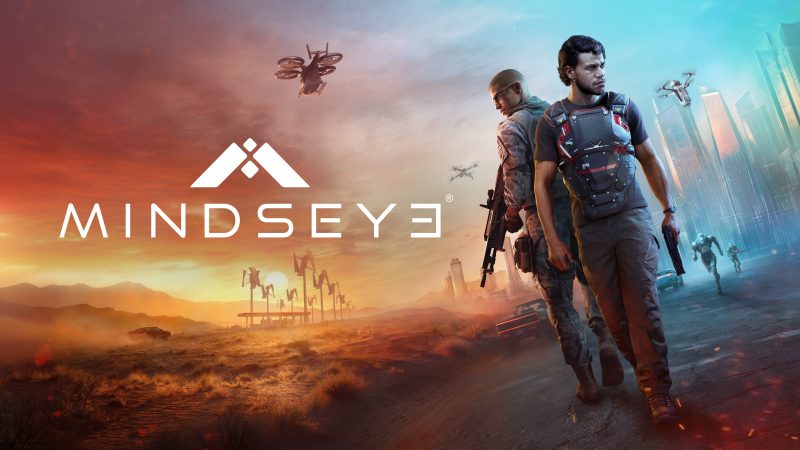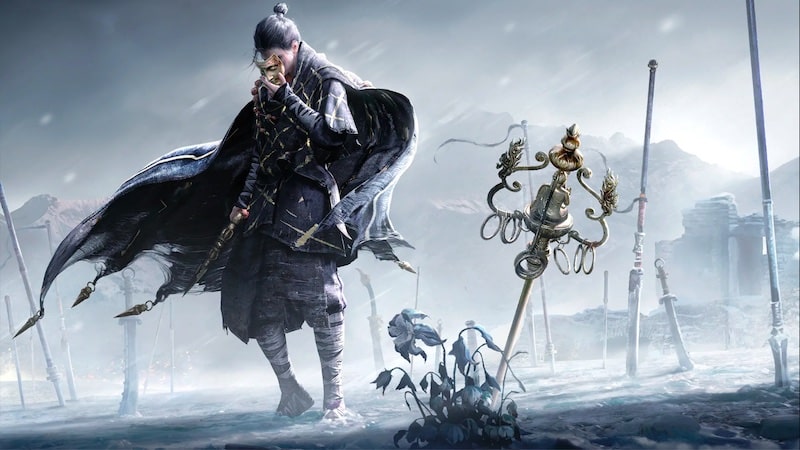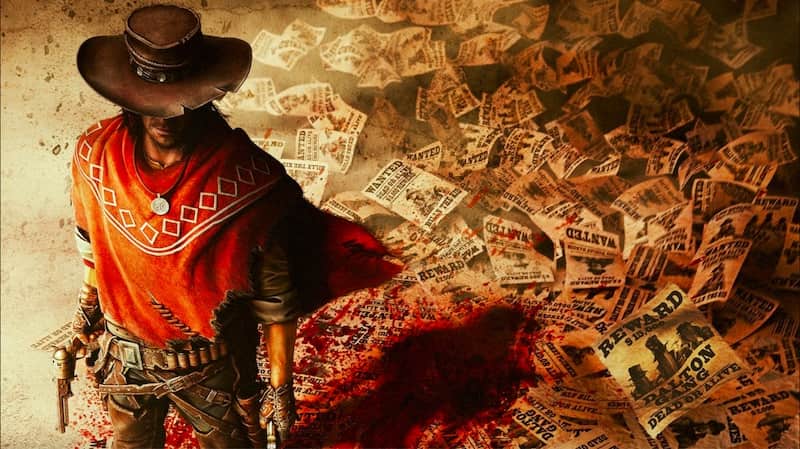the legendary game designer on his upcoming PS4 & PS5 arcade title Akka Arrh – PlayStation.Blog

Jeff Minter is a well-respected video game developer who has developed a reputation for creating a brand of colorful, whimsical, irreverent and challenging games over his 40-plus year career. He is credited with more than 75 games, and we would not be surprised to find some unreleased gems hiding on his computer.
Jeff has been releasing games on PlayStation devices for a decade, including the PlayStation Vita, PlayStation VR, PlayStation 4, and with Akka Arrh now both PS4 and PS5. Akka Arrh drips with Jeff’s sense of humor, his love of psychedelic color and light, and his ability to flat-out create games that are a joy to play.
With the release of Akka Arrh, we had a chance to speak with Jeff and learn more about the new game.

Q. Why Akka Arrh?
I’ve been interested in Akka Arrh ever since I first heard the story of this incredibly rare arcade game being held in secret for 30 years by a collector and how the ROM was “liberated” so everyone could have a go.
When I got a chance to play the game I liked the abstract nature of it, the flower-like shape of the platforms. I also thought the level splitting between upstairs and downstairs was interesting, as was the lighting up of upstairs level sections to “electrify” the incoming enemies. The original has some cool ideas, but it doesn’t quite fit together in a way that I found satisfying. So when Atari asked me which of their game IPs I was most interested in working with, I saw it as a chance to explore the ideas of the original and make them work.
Q. Despite the ROM controversy, Akka Arrh is still not a household name. How would you describe the new game?
The original felt to me almost like a real-time strategy game, so I’ve pushed a bit in that direction and made the levels almost like a series of puzzles. You can pretty easily blaze away with bombs and pass a level easily, but to rinse the most points out of it, you need to study the attack patterns and learn how to be efficient.
It’s almost like a cross between a shooter and a puzzle game. One friend described it as ’cerebral’ which is not something anyone would normally say about my shooty things.
Q. How did you approach the game design?
For me the design process isn’t something you do at the start and then code to a spec, it is something that evolves continuously as you are making the thing. There was a lot of evolution and some dead ends before I ended up where I felt it should be. There were times I was in quite despair because I thought I would never get the game to work right. So it is a very iterative process.
Q. You noted the original was cool, but the gameplay wasn’t ultimately that satisfying. What about this new take do you think will satisfy PlayStation gamers?
I changed more stuff from the original design than I would if I’d been working with a more well known classic. I had to make it go from “interesting but a bit meh” to “interesting and fun,” which took me longer than I expected.
I wanted to introduce a chain-scoring mechanic where nailing successive enemies would increment a bonus multiplier, and for that I wanted something that’d operate over a period of time rather than instantly. So created distance field “shock waves” on the surfaces that expand over time, so once you shoot an enemy, the impact creates a shock wave that spreads to other enemies. These chain reactions are really pleasing when you pull them off. Each level has its own shapes and patterns, and if you learn how to work with them you can set off a mass extinction of sound and color.
Q. What else have you introduced to the gameplay?
I wanted the enemies to have a more visible mission than just “go downstairs and do damage for a bit and then run away,” so I made up some “energy pods” that they have to steal. You lose the game by losing all the pods. Some enemies go down there, snatch the pods and come upstairs with them to drag them away; you can intercept them and retrieve the pods. Later on there are enemies which will just go downstairs and sit there eating pods unless you intervene. There are others that can yoink up pods via traction beams without going downstairs at all.
Q. Do you have any advice for players?
It’s basically a tower defense game where “you” are the tower. Swarms of enemies attack your tower; and you attempt to destroy them before they get too close. If they do manage to reach you they go downstairs and inflict damage; it’s up to you to go down there and sort them out before they run away.
You have two kinds of shots: bombs and bullets. Bombs create a very destructive shockwave, but using one resets the score multiplier to zero. But for every enemy you destroy with the shockware, the bonus multiplier increases. You can fire bullets and they don’t reset the multiplier, but they are a finite resource — you get more bullets for destroying enemies in shockwaves.
So, ideally, you want to start by dropping one bomb to start a chain to raise the bonus multiplier and accrue bullets, then use as few of those bullets as possible to get through the level with the highest possible score.
Some levels can be entirely conquered with a single bomb and a smug expression as a destructive chain reaction consumes the entire level and awards the highest bonus scores.
Q. The original Akka Arrh used a trackball, which is not a common controller in most households. How did you adapt the gameplay to work with modern controllers?
The game works well with an analogue stick. I’ve expanded the weaponry so you can fire shots out of your cursor itself as well as the turret, which opens up the gameplay and maps well to how the analogue sticks work on the controller. But you can use the touchpad on the PlayStation controllers.
Q. So many of your games are known for their music. What can players expect with Akka Arrh?
I didn’t quite know what kind of music I was going to put in the game. I was interested in creating some sort of semi-generative music. So I rummaged through a big bag of audio samples I’ve been accumulating for decades now .. things that interested me that I held on to, including some samples from my own earlier games and an old voiceover of a lady saying various things. Then I built a very simple little sequencer-thing that plays samples from instruments and this grab bag of sounds based on what is happening in the game. It creates a tonal sequence that is generated by the enemies, and by your actions as you shoot the enemies. Each level has its own tonal ‘theme’ which helps make each level feel distinct. In the end I think ‘music’ is too grand a word, but I actually quite like the result.
Fans of incredible psychedelic arcade gameplay can look forward to Akka Arrh releasing February 21!







